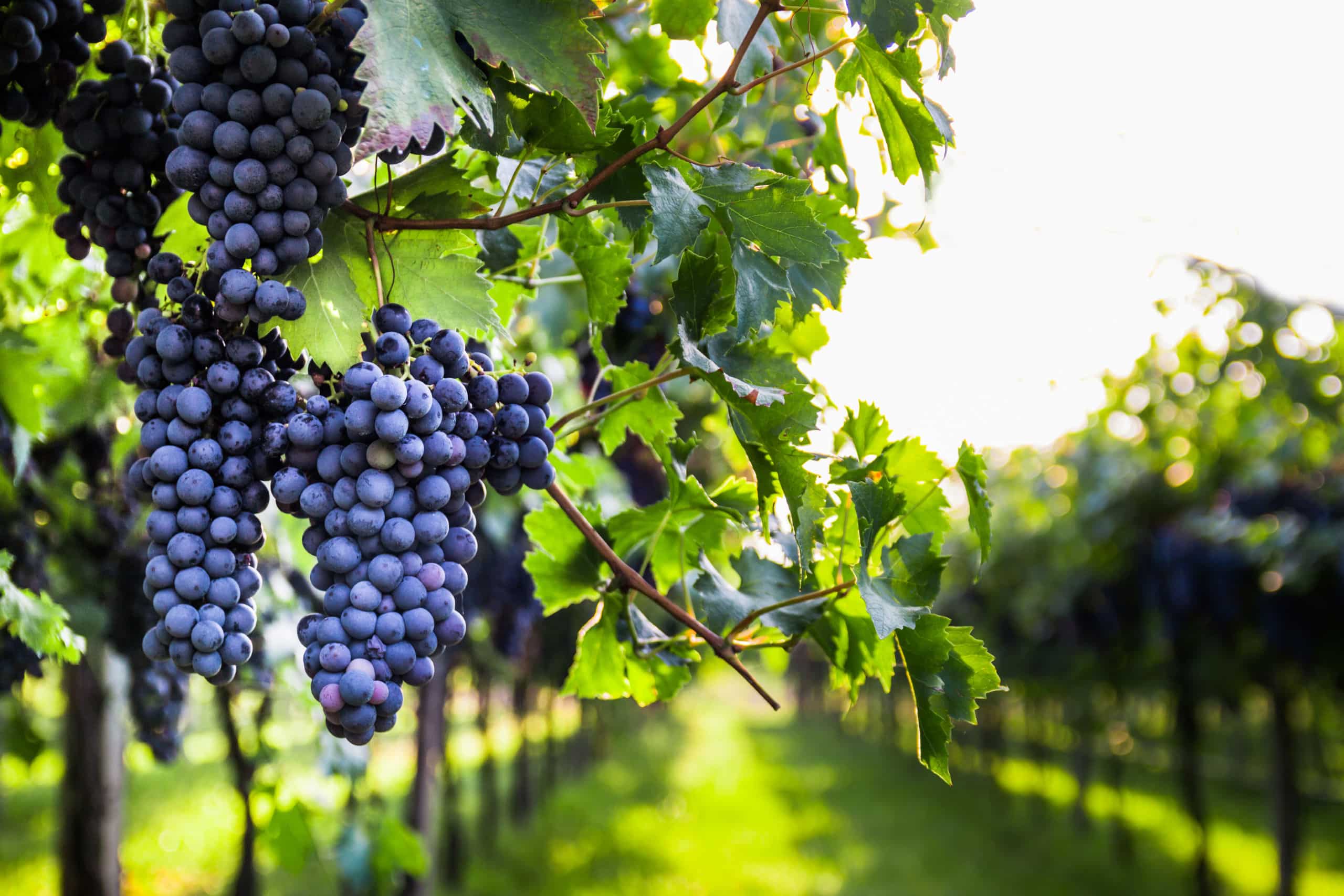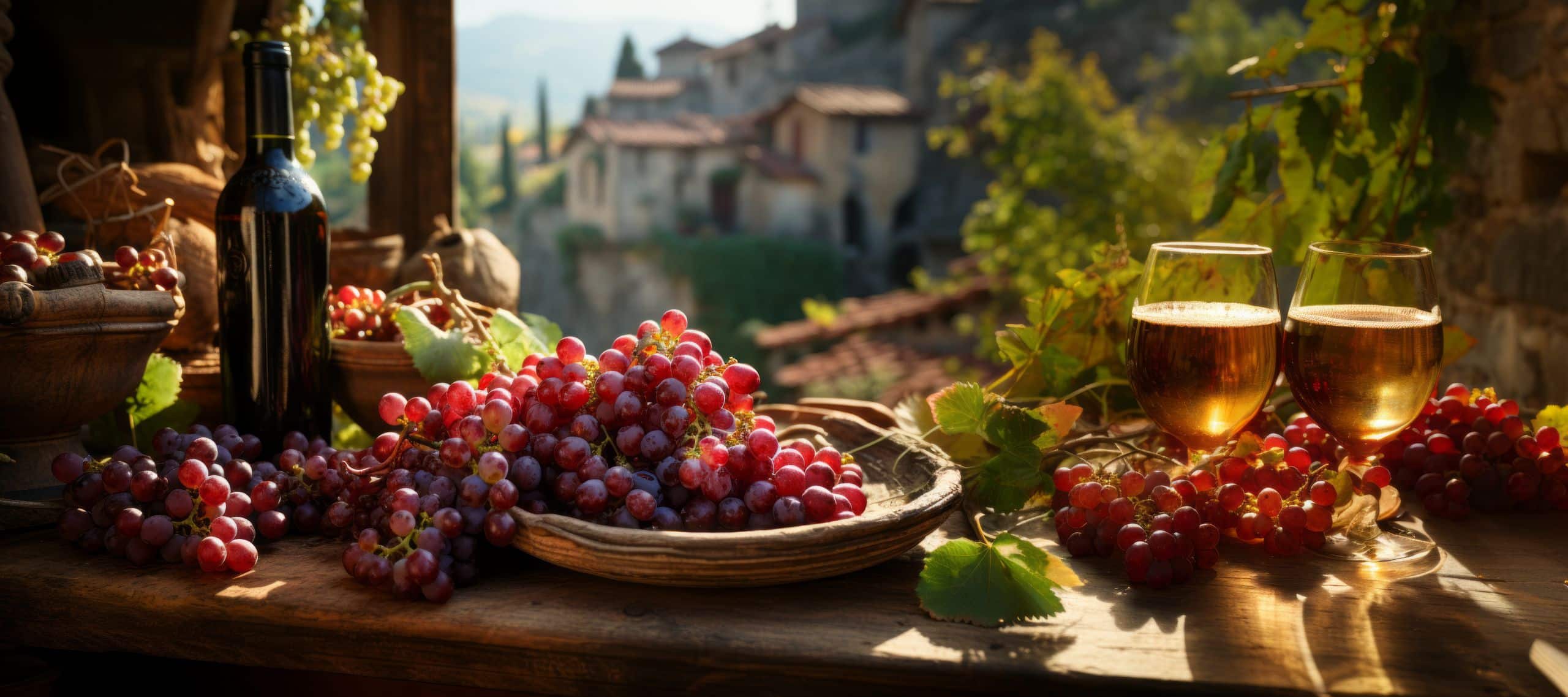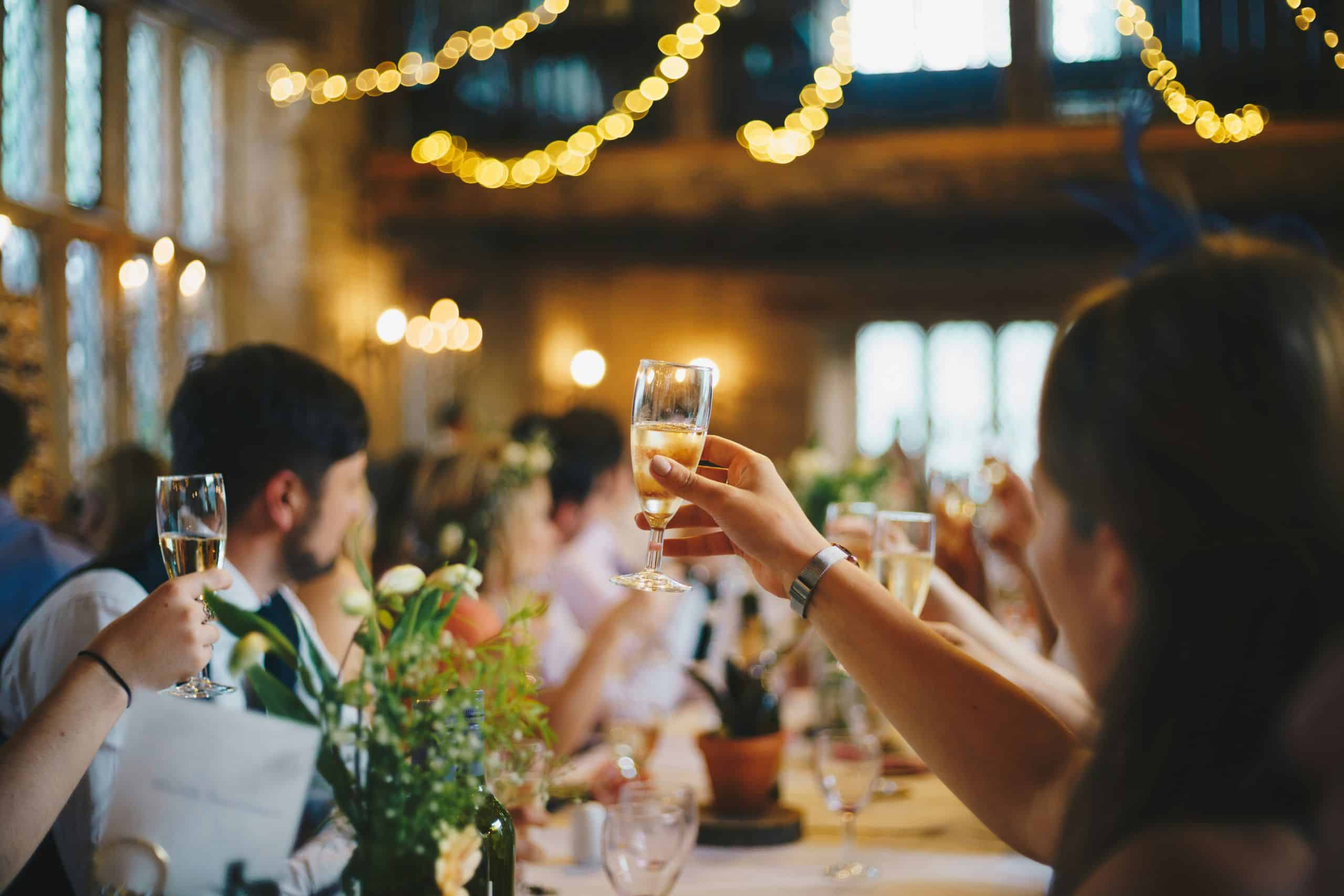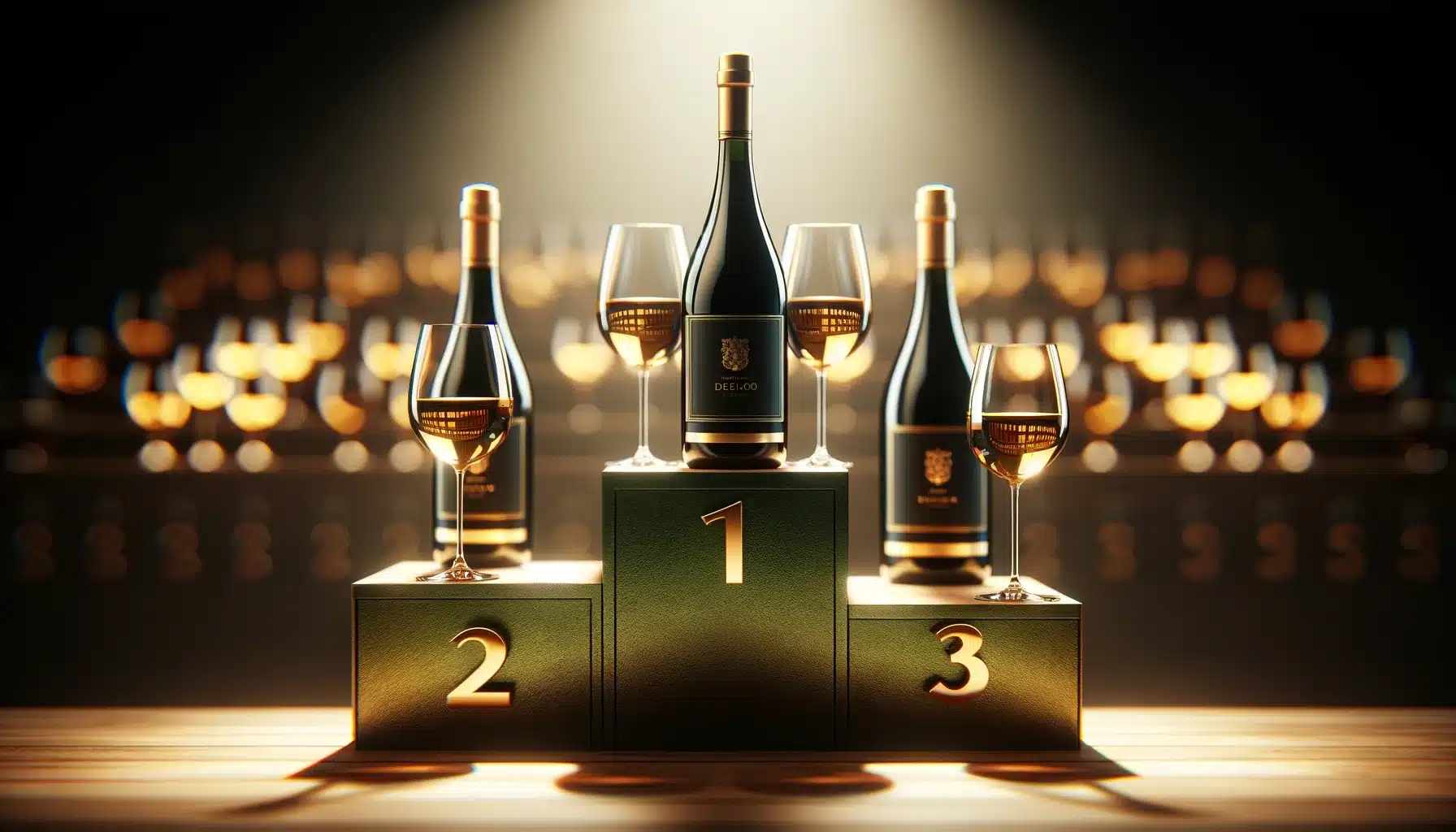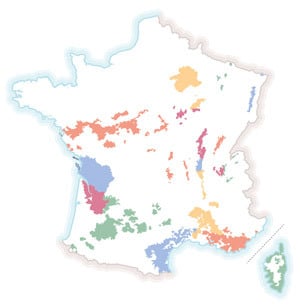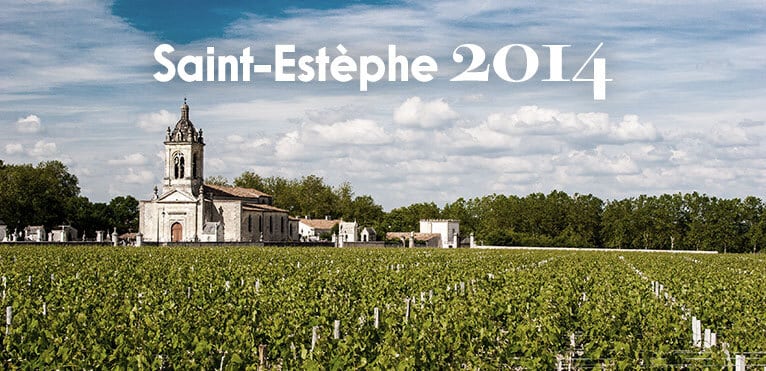
Contents
Location and terroir
AOC Saint Estèphe is part of the Médoc vineyards, on the left bank of Bordeaux, west of the Gironde. This 1,200-hectare appellation, which is separated from the Pauillac appellation only by a stream, produces only red wines, from the grape varieties traditionally used in Bordeaux: Merlot, Cabernet Sauvignon, Cabernet Franc, Petit Verdot and Malbec.
The soil on Bordeaux’s left bank is warmer than on the right: it’s made up of gravel, small stones that store heat during the day and redistribute it to the vines at night. However, in Saint Estèphe, the soil is slightly more clayey, due to its northern location in the Médoc. The clay cools the soil slightly, retaining water and slowing down ripening, giving the Merlot more power and the Cabernet Sauvignon more finesse.
History
It seems that the region has been producing wine since Roman times. However, it was in the Middle Ages, thanks in particular to English merchants, that the vineyards took off.
As Saint-Estèphe is part of the Médoc, the appellation was included in the 1855 classification. As a reminder, in 1855, on the occasion of the Paris Universal Exhibition, Napoleon III asked the Bordeaux Chamber of Commerce to establish a classification of Bordeaux wines. Only Médoc wines are included, with one exception: Château Haut Brion, located in the Graves vineyards of Pessac Léognan.
The Saint Estèphe appellation boasts five crus classés, the best known of which are Calon-Ségur,3rd Cru Classé, Cos d’Estournel and Château Montrose, both2nd Cru Classé.
The appellation also includes a number of crus bourgeois. This distinction differs from that of the 1855 classification in that Cru Bourgeois status is revised each year for each new vintage, whereas the 1855 classification was attributed immutably to a small number of Châteaux.
Wines
The Saint Estèphe appellation produces wines with an intense ruby/purple color.
The nose is often powerful, with notes of ripe fruit, especially blackcurrant, and flowers such as violet. Aging practices can also bring more or less notes of new wood, spices and roasting.
On the palate, these wines are powerful, full-bodied and long-lasting. With age, the tannins mellow, giving a more velvety, harmonious feel.
These wines go perfectly with game, especially game birds such as pheasant or pigeon.
Vintage 2014
The Bordeaux winegrowers are doing well with this vintage: after a cold summer marked by bad weather, which did not bode well for the harvest, France enjoyed an exceptional Indian summer between late August and early November. Some late grape varieties, such as Cabernet Sauvignon, were sometimes harvested in early November – a first!
This enabled the grapes to reach perfect ripeness, producing deep, intense and energetic wines. 2014 has all the qualities of a vintage for laying down!
Photo : Adobe Stock – sherwoodd
